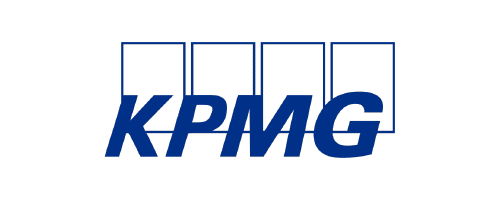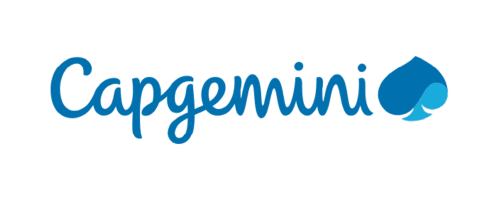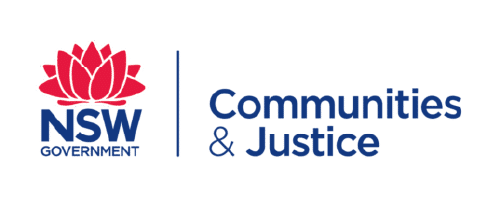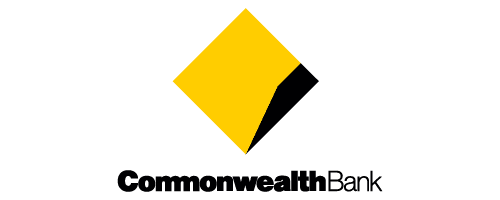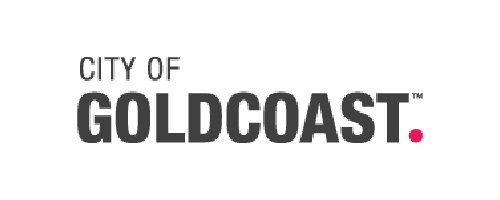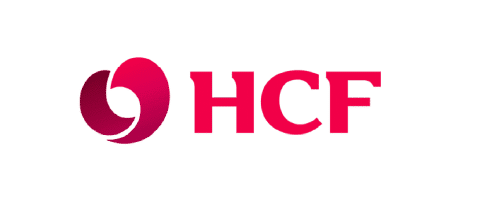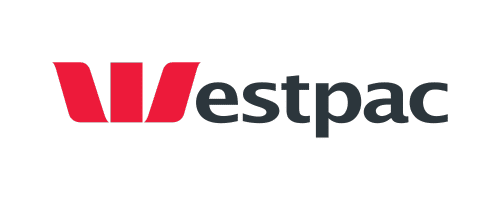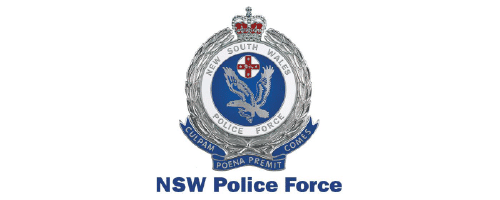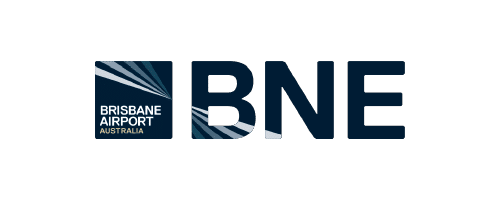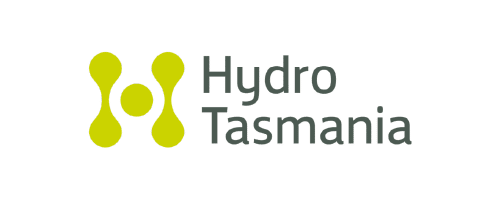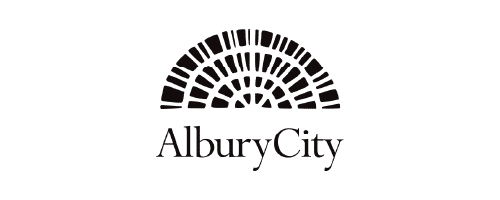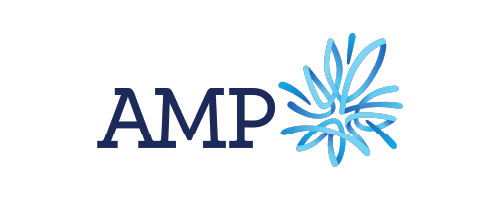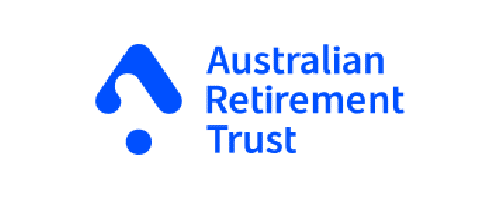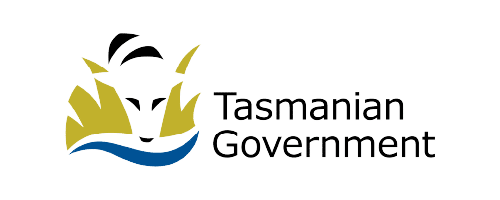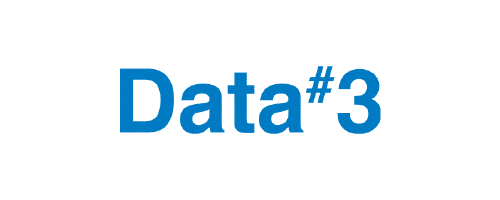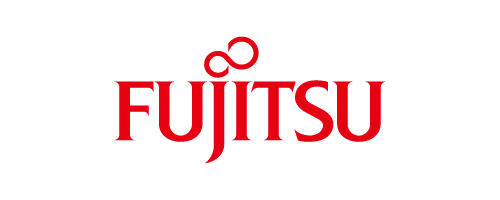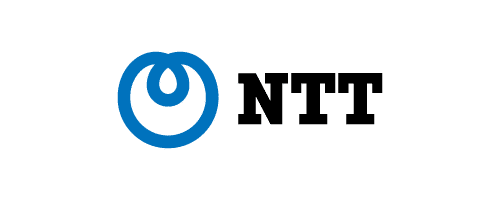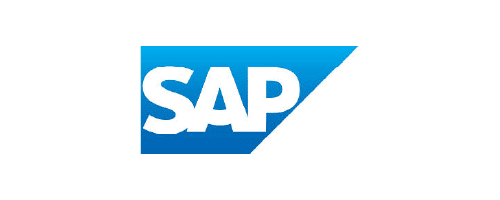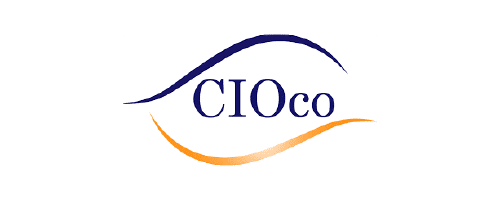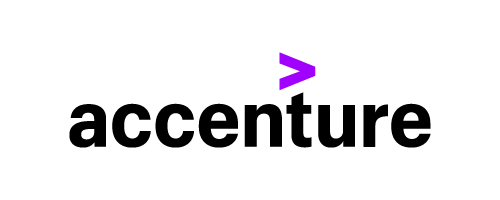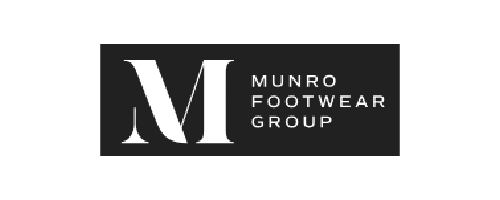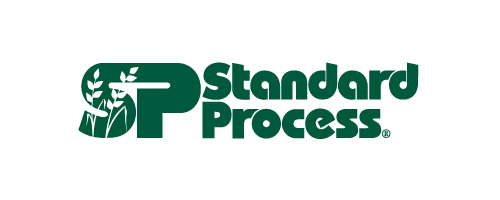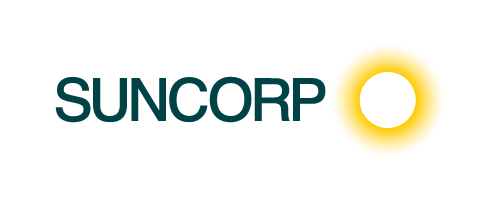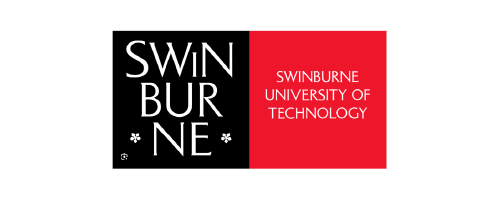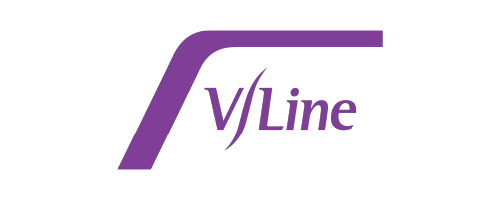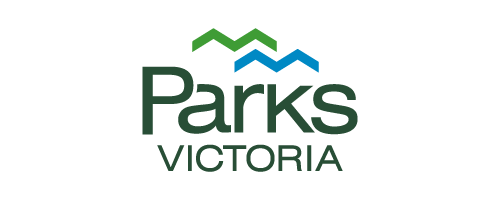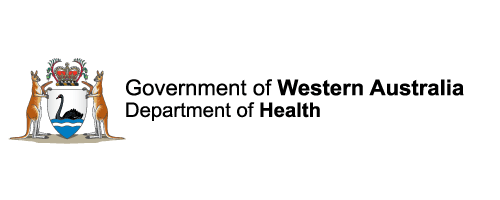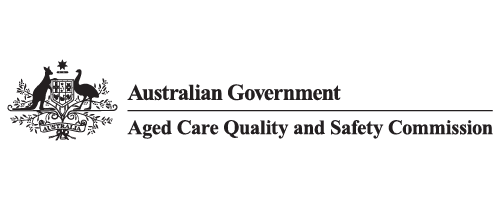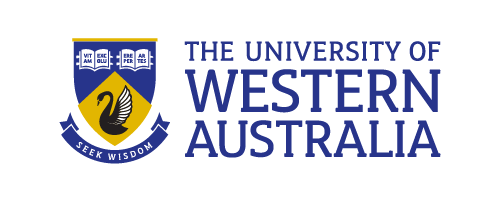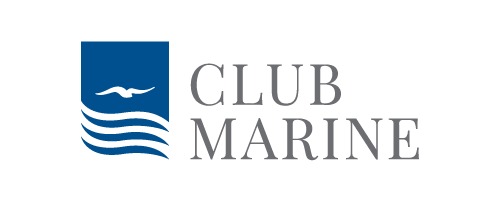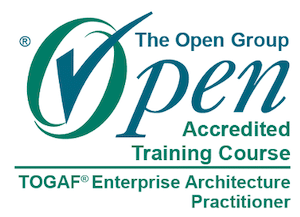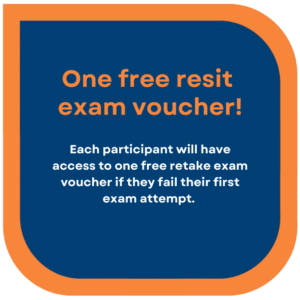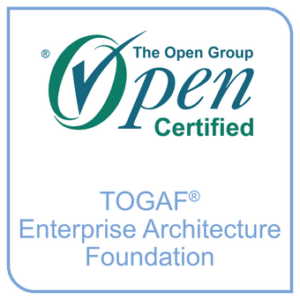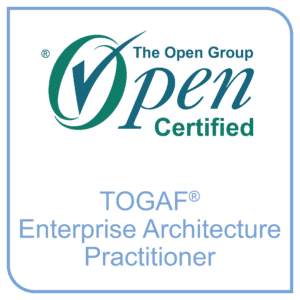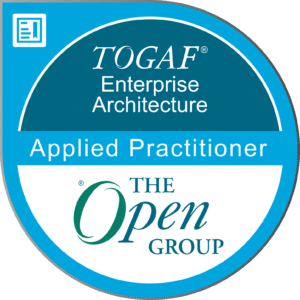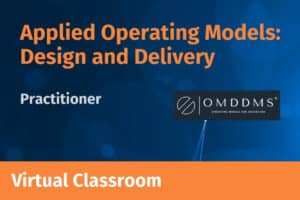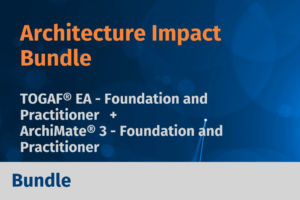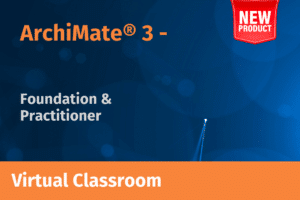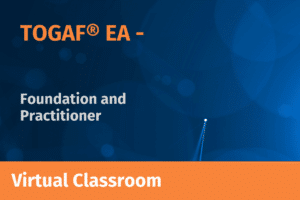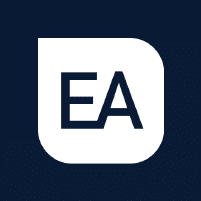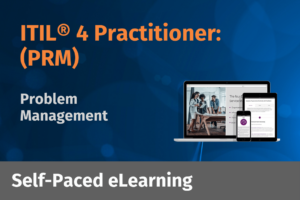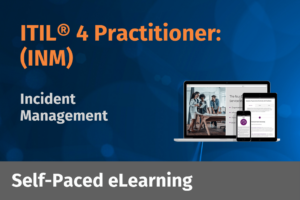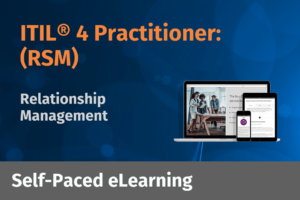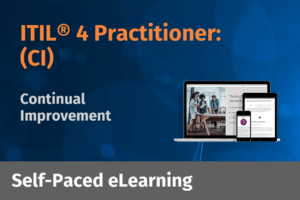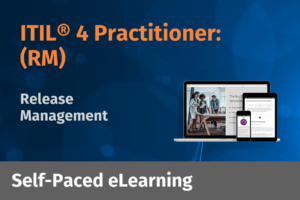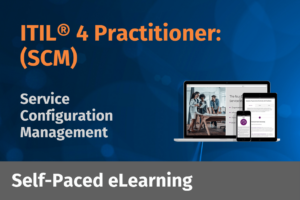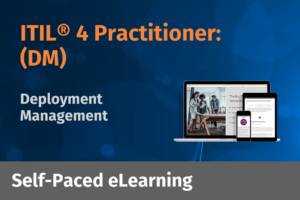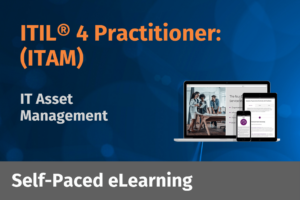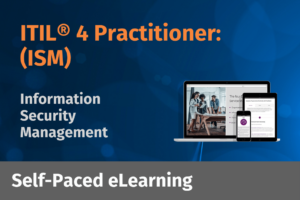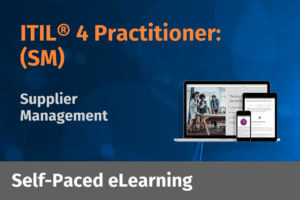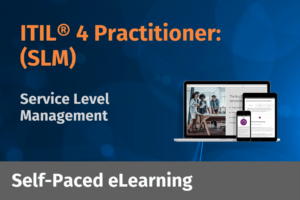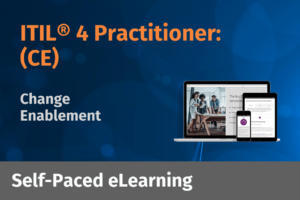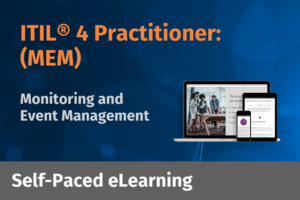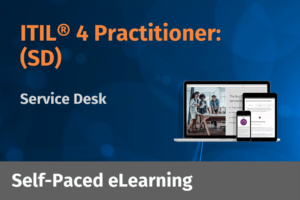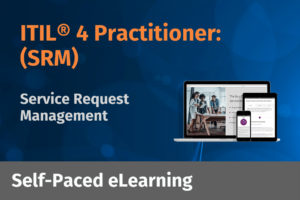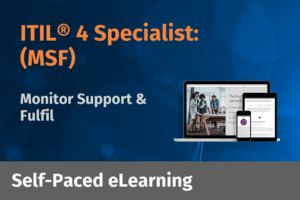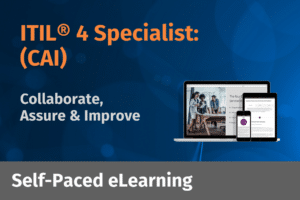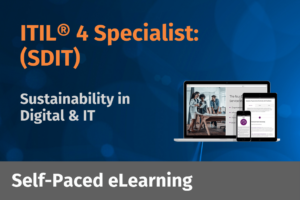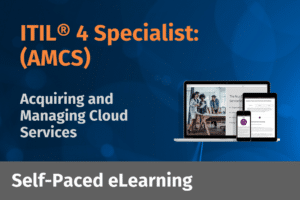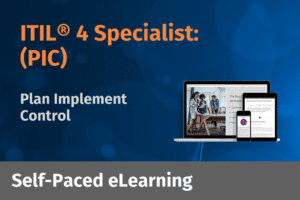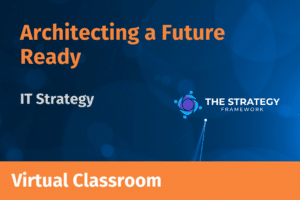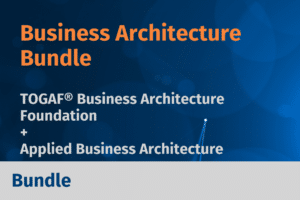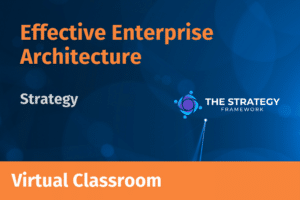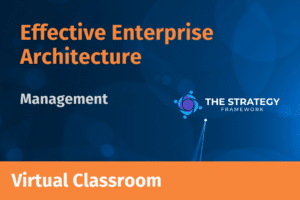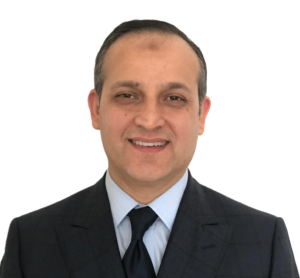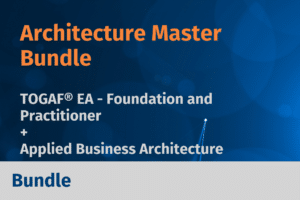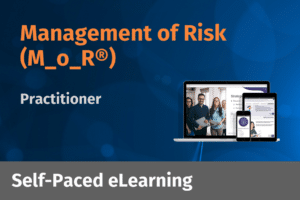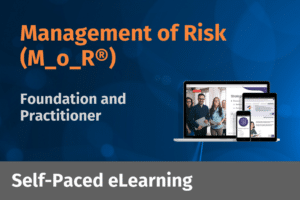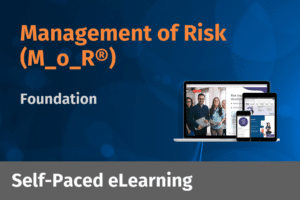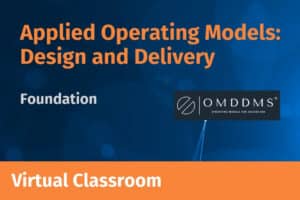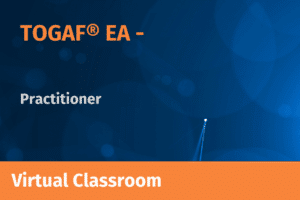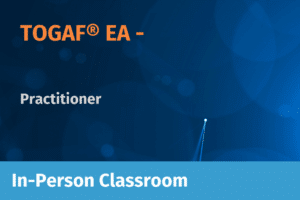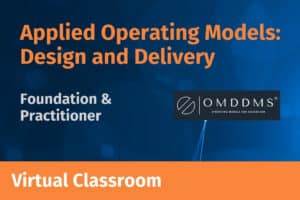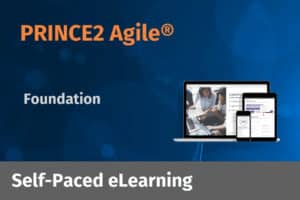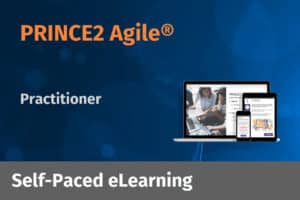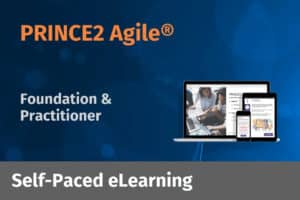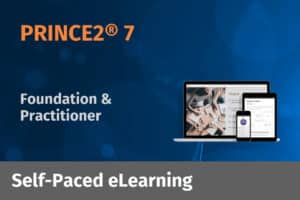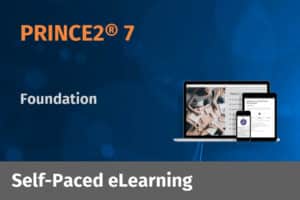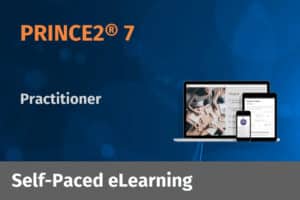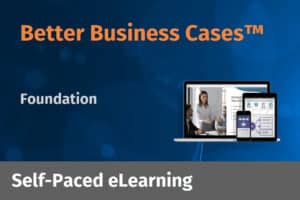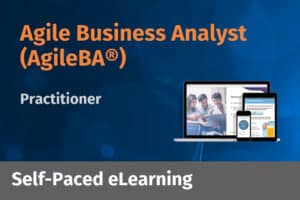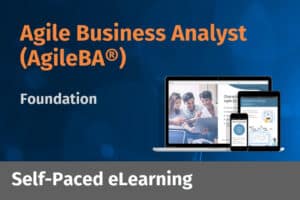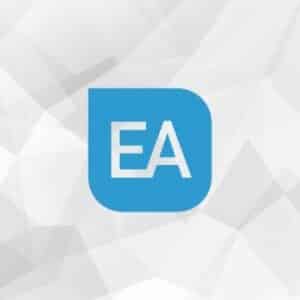Neville is great, very well versed not only with theory but the practical aspects and application of the TOGAF framework as well. this shows in the way he is able to very quickly understand the questions and answer them to the point in multiple ways.
Save on Select Classes – Visit our Offers page!
-
Enterprise & Business Architecture
- ArchiMate® 3 – Foundation and Practitioner
- Applied Business Architecture, Version 8
- TOGAF® EA (Standard, 10th Edition)
- Foundation and Practitioner
- Foundation
- Practitioner
- TOGAF® EA on Weekends
- TOGAF® EA – Practitioner Bridge
- TOGAF® Business Architecture – Foundation
- Effective Enterprise Architecture
- Management
- Strategy
- Architecting a Future Ready IT Strategy
- ArchiMate® 3 – Foundation and Practitioner
- Applied Business Architecture, Version 8
- TOGAF® EA (Standard, 10th Edition)
- Foundation and Practitioner
- Foundation
- Practitioner
- TOGAF® EA on Weekends
- TOGAF® EA – Practitioner Bridge
- TOGAF® Business Architecture – Foundation
- Effective Enterprise Architecture
- Management
- Strategy
- Architecting a Future Ready IT Strategy
Business Analysis & Operations
Business Transformation
- Agile Programme Management (AgilePgM®) Foundation
- PRINCE2®
- 7 Foundation & Practitioner – Instructor-Led
- 7 Foundation & Practitioner – eLearning
- 7 Foundation – Instructor-Led
- 7 Foundation – eLearning
- 7 Practitioner – Instructor-Led
- 7 Practitioner – eLearning
- PRINCE2 Agile®
- Foundation & Practitioner
- Foundation
- Practitioner
- Agile Programme Management (AgilePgM®) Foundation
- PRINCE2®
- 7 Foundation & Practitioner – Instructor-Led
- 7 Foundation & Practitioner – eLearning
- 7 Foundation – Instructor-Led
- 7 Foundation – eLearning
- 7 Practitioner – Instructor-Led
- 7 Practitioner – eLearning
- PRINCE2 Agile®
- Foundation & Practitioner
- Foundation
- Practitioner
Management & Governance
- Management of Risk (M_o_R®)
- Foundation & Practitioner
- Foundation
- Practitioner
- ITIL® 4 Foundation
- Awareness
- Foundation
- ITIL® 4 Specialist
- Acquiring & Managing Cloud Services (AMCS)
- Create, Deliver & Support (CDS)
- Collaborate, Assure & Improve (CAI)
- Drive Stakeholder Value (DSV)
- High Velocity IT (HVIT)
- Monitor Support & Fulfil (MSF)
- Plan, Implement & Control (PIC)
- Sustainability in Digital & IT (SDIT)
- ITIL® 4 Practitioner
- Change Enablement (CE)
- Continual Improvement (CI)
- Deployment Management (DM)
- Incident Management (INM)
- Information Security Management (ISM)
- IT Asset Management (ITAM)
- Monitoring and Event Management (MEM)
- Problem Management (PRM)
- Relationship Management (RSM)
- Release Management (RM)
- Service Configuration Management (SCM)
- Service Desk (SD)
- Service Level Management (SLM)
- Service Request Management (SRM)
- Supplier Management (SM)
- ITIL® Strategist
- Strategist: Direct, Plan & Improve (DPI)
- ITIL® 4 Leader
- Leader: Digital & IT Strategy (DITS)
- COBIT®
- 2019 Foundation
- 5 Foundation
- Management of Risk (M_o_R®)
- Foundation & Practitioner
- Foundation
- Practitioner
- ITIL® 4 Foundation
- Awareness
- Foundation
- ITIL® 4 Specialist
- Acquiring & Managing Cloud Services (AMCS)
- Create, Deliver & Support (CDS)
- Collaborate, Assure & Improve (CAI)
- Drive Stakeholder Value (DSV)
- High Velocity IT (HVIT)
- Monitor Support & Fulfil (MSF)
- Plan, Implement & Control (PIC)
- Sustainability in Digital & IT (SDIT)
- ITIL® 4 Practitioner
- Change Enablement (CE)
- Continual Improvement (CI)
- Deployment Management (DM)
- Incident Management (INM)
- Information Security Management (ISM)
- IT Asset Management (ITAM)
- Monitoring and Event Management (MEM)
- Problem Management (PRM)
- Relationship Management (RSM)
- Release Management (RM)
- Service Configuration Management (SCM)
- Service Desk (SD)
- Service Level Management (SLM)
- Service Request Management (SRM)
- Supplier Management (SM)
- ITIL® Strategist
- Strategist: Direct, Plan & Improve (DPI)
- ITIL® 4 Leader
- Leader: Digital & IT Strategy (DITS)
- COBIT®
- 2019 Foundation
- 5 Foundation
VALUE BUNDLES
-
ABOUT


